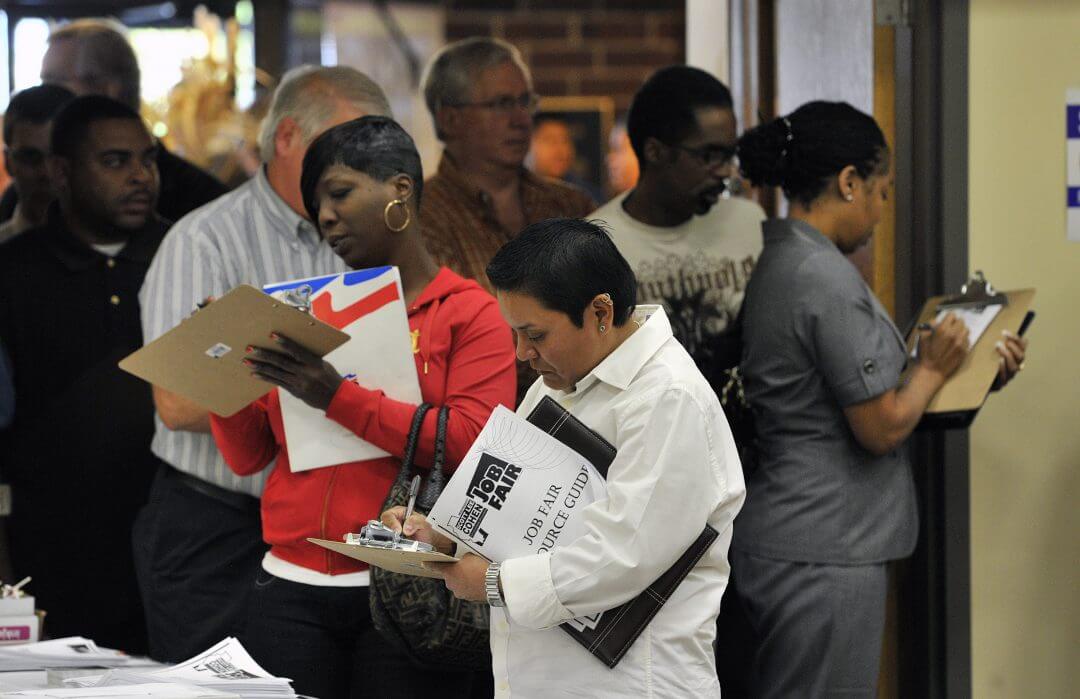Recessions, recoveries, and racial employment gaps in the United States

This past Friday, the U.S. Bureau of Labor Statistics released data that show that in June, the gap between the unemployment rate for black Americans and white Americans fell to the lowest level on record. The gap stood at 3.3 percentage points and has been on a downward trend for several years as the U.S. economy has recovered. (see Figure 1) This closing gap hitting historical lows is something to cheer, but let’s not forget that the gap remains. Looking at some of the reasons the gap exists will be helpful for thinking about how to eliminate it.
Figure 1

A recent paper by staff economists at the Board of Governors of the Federal Reserve System—Tomaz Cajner, Tyler Radler, David Ratner, and Ivan Vidangos—digs into the data on racial disparities in not only the unemployment rate but also the labor force participation rate; part-time employment; and the flows among employment, unemployment, and being out of the labor force.
The four economists look at what might explain the differences in unemployment broken down by race and gender. They compare unemployment for black men and Hispanic men to unemployment for white men and unemployment for black women and Hispanic women to unemployment for white women. The technique they use breaks out how much of the difference can be attributed to observable variables—age, education level, marital status, and state of residence—and how much is “unexplained.”
The results show that the unemployment gap between black and white workers, both men and women, is almost entirely “unexplained,” meaning that none of the observable characteristics explain the gap. In other words, the gap can’t be explained by black Americans having lower levels of education or differences in demographics. The unexplained portion—in this case almost all of the gap—is likely due to either direct discrimination and bias in the labor market or unequal access to resources such as education.
The authors take another path to seeing what’s causing unemployment gaps. They see how the unemployment rate would be different for different groups by changing certain labor market flows—for example, from employment to unemployment or from not in the labor force to employment—to see how much the unemployment rate changes. What they find is that the job-separation rate—moving from employment to unemployment—is the biggest driver of the racial differences in the unemployment rate and accounts for the increases in the gap during recessions.
The importance of the job-separation rate would mean that a strong labor market reduces the racial unemployment gap not because it’s boosting hiring rates disproportionately more for black workers but rather because it’s preventing the disproportionate firing that black workers experience during recessions.
Historically, the importance of a tight labor market and full employment to reducing racial disparities has been well-acknowledged. Policymakers would be well-served to remember this as they debate how much tighter the labor market can get.

